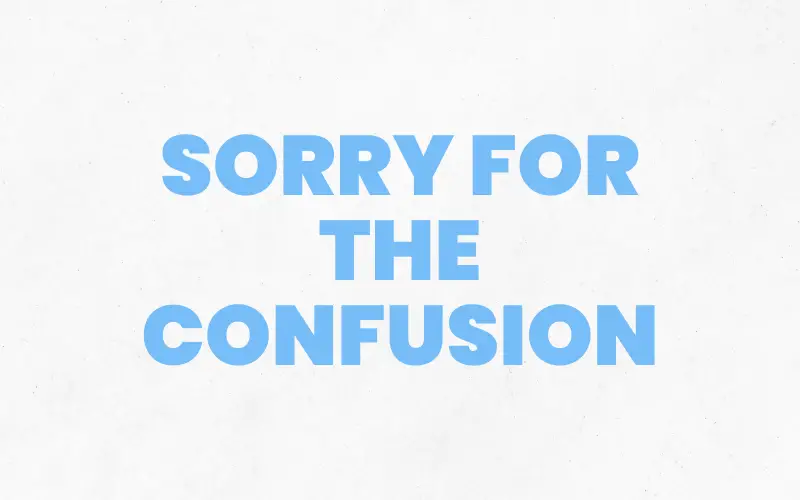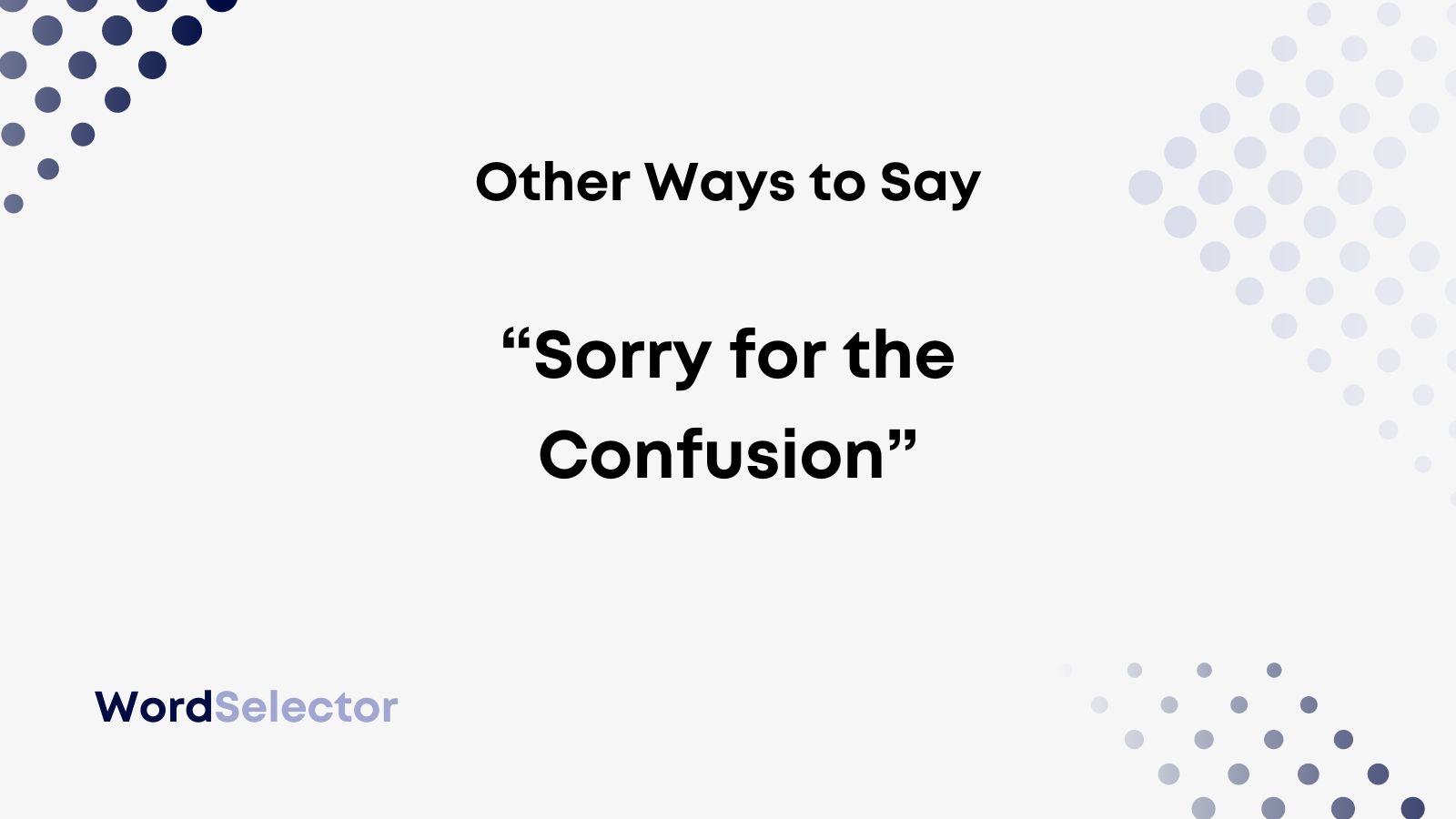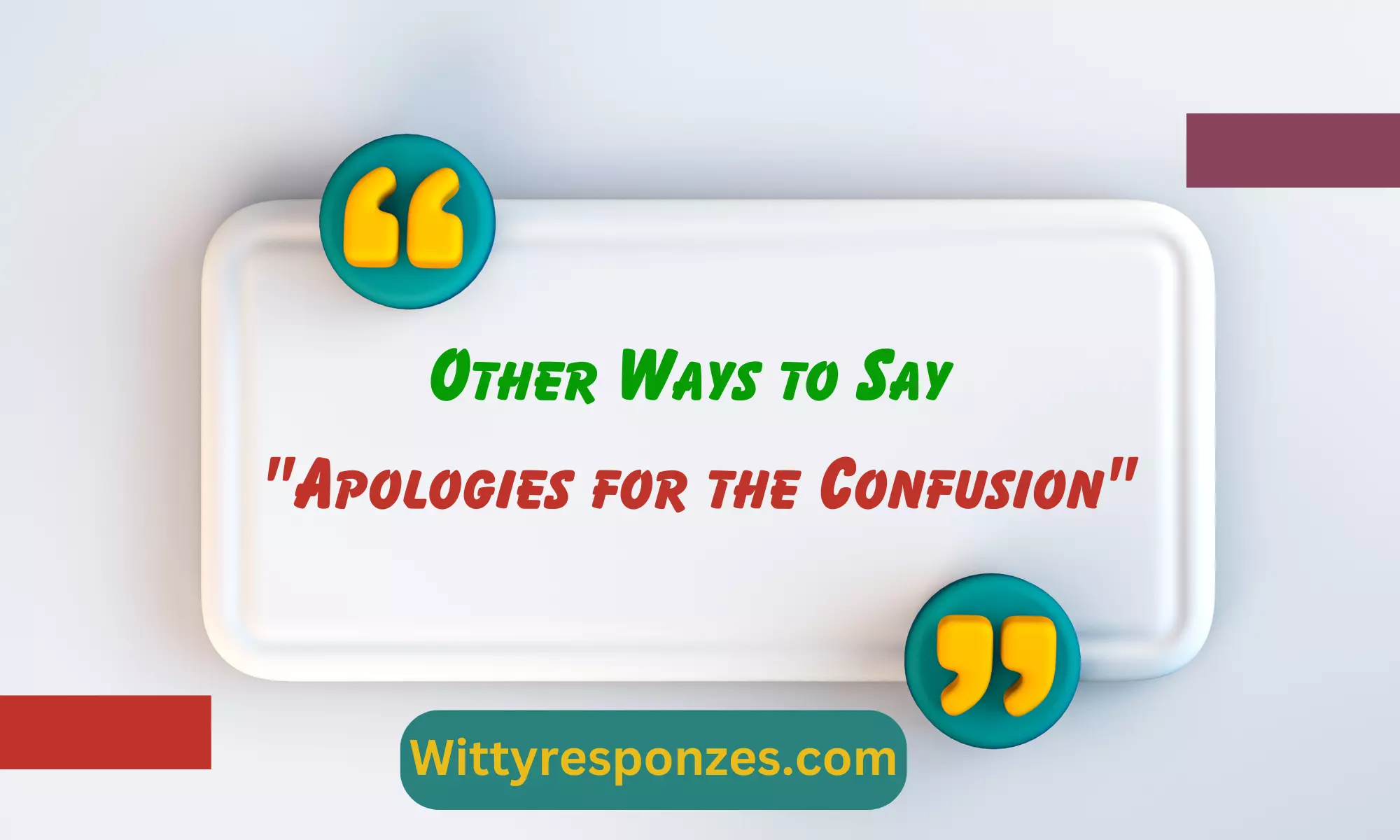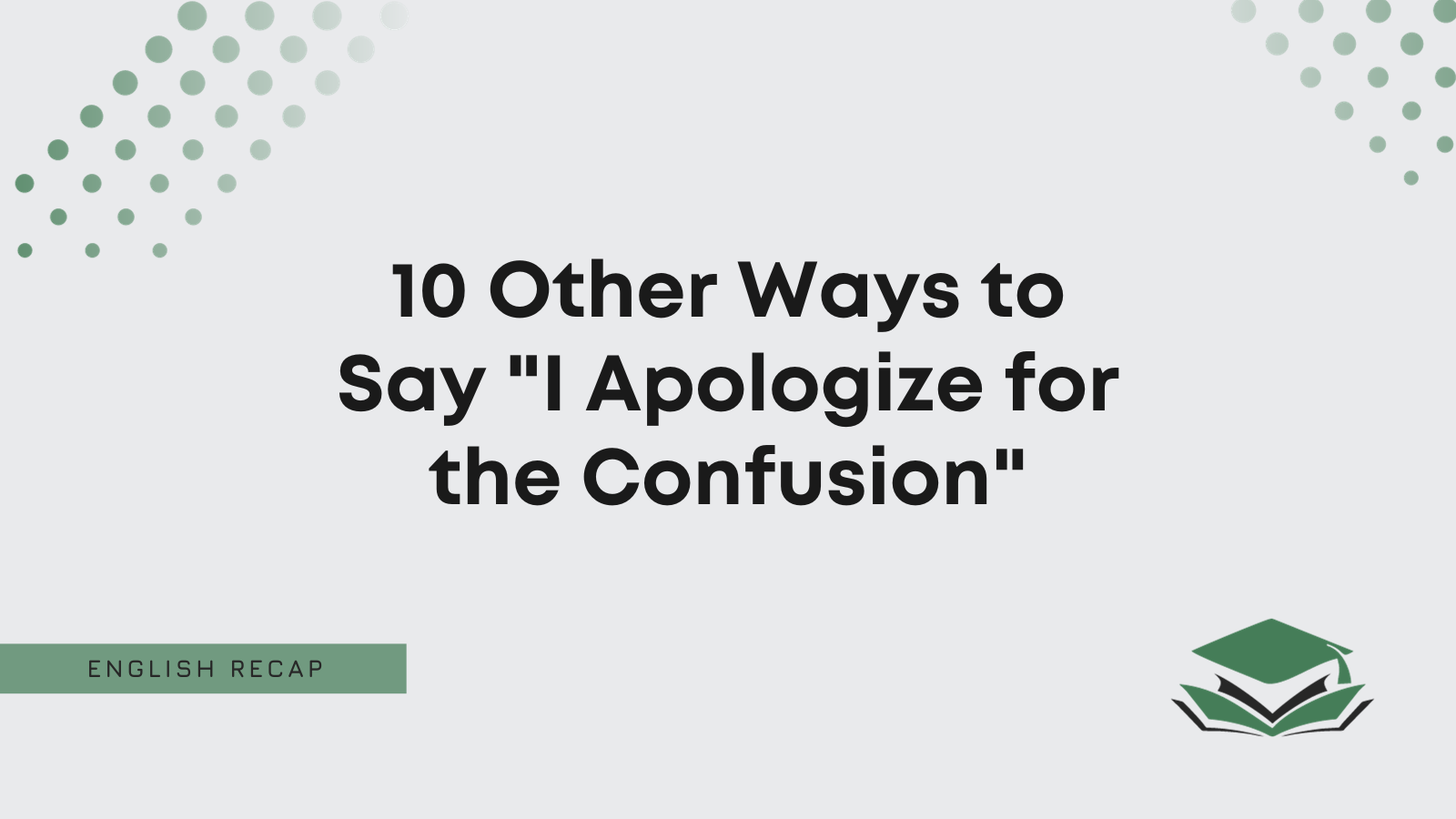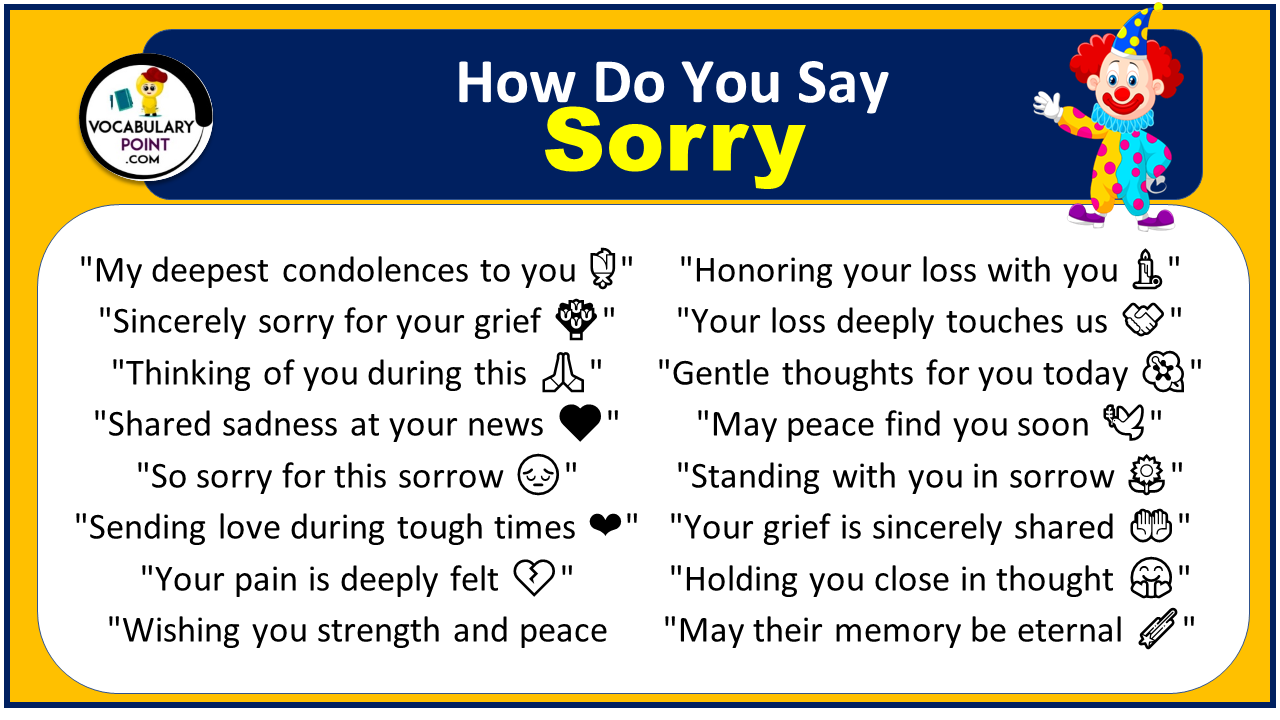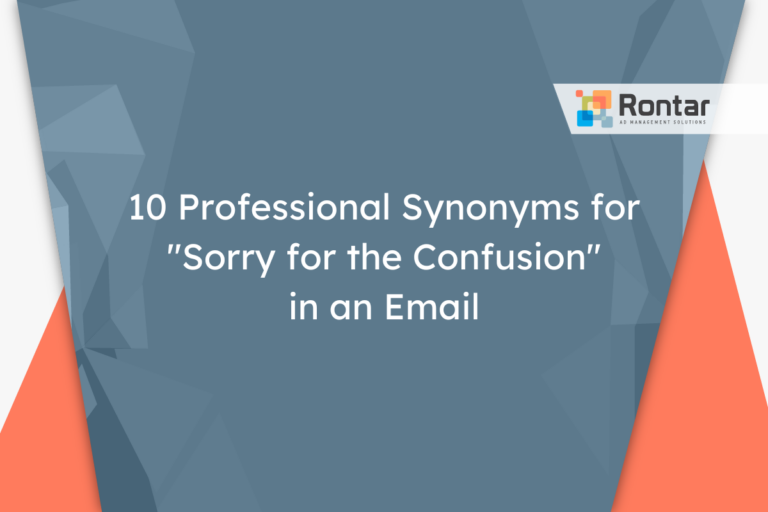How Do You Say Sorry For Confusion
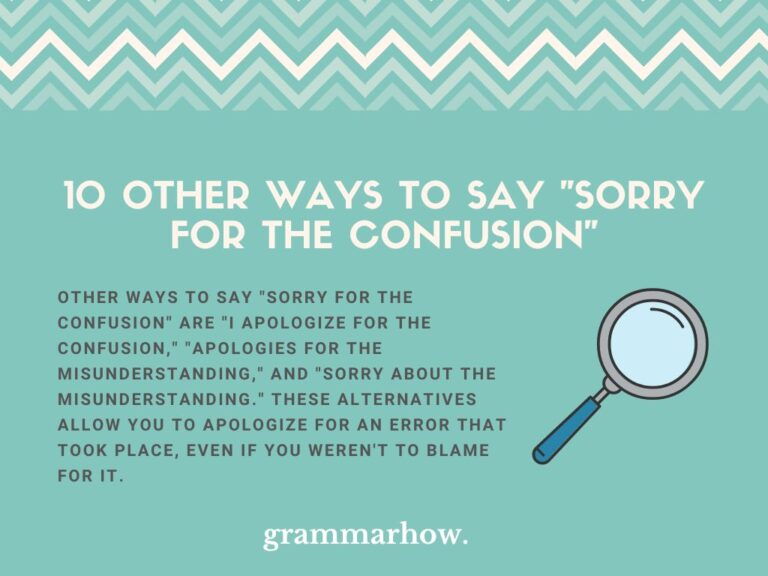
Public apologies are surging as miscommunication and unclear directives spark widespread confusion, leaving individuals and organizations scrambling to repair damaged trust. Navigating the treacherous waters of saying "sorry" effectively demands a nuanced understanding of context, intent, and audience.
At its core, a well-crafted apology must acknowledge the specific harm caused, demonstrate genuine remorse, and offer a clear plan for corrective action. Understanding the nuances of crafting an appropriate apology in various situations is crucial to rebuilding trust.
Acknowledging the Confusion
The first step towards a meaningful apology is explicitly acknowledging the confusion caused. Use direct language like, "We understand that our previous communication caused significant confusion," or "We recognize that our actions led to uncertainty."
Avoid vague statements that downplay the impact. Instead, emphasize the tangible consequences experienced by those affected.
Taking Responsibility
Taking responsibility is paramount. Dodge blame-shifting or attempts to rationalize the confusion.
Use phrases such as, "We take full responsibility for the miscommunication" or "We own the error in our messaging." This builds credibility.
Expressing Remorse
Genuine remorse is essential for mending fractured relationships. Express your regret for the negative impact of the confusion.
Use phrases like, "We sincerely regret the disruption this caused" or "We are deeply sorry for the frustration you experienced." Avoid sounding insincere or defensive.
Offering Clarification and Correction
An apology without concrete action is hollow. Provide clear clarification to resolve the confusion.
Offer corrective measures to prevent similar issues in the future. State, "We are implementing a new communication protocol" or "We are revising our training materials to ensure clarity."
The Importance of Timing
A prompt apology demonstrates respect for those affected. Delaying an apology can exacerbate the situation and deepen distrust.
Aim to apologize as soon as the confusion is identified and its impact is understood. Quick action shows that you value the relationship and are committed to resolving the issue.
Tailoring the Apology to the Audience
Consider the specific audience when crafting your apology. A formal letter might be appropriate for clients, while a direct conversation might be more effective with colleagues.
Understanding the needs and expectations of your audience will ensure that your apology resonates and is perceived as genuine.
The Role of Transparency
Transparency is vital for building trust. Share relevant information about the root cause of the confusion and the steps being taken to prevent recurrence.
"We are conducting a thorough review of our processes" or "We will share the findings of our investigation with you." Such phrases promote openness and accountability.
Examples of Effective Apologies
Following the recent data breach, Acme Corp. issued a statement acknowledging the confusion surrounding the affected user data. They took full responsibility and provided a detailed explanation of the security vulnerabilities, offering affected users a free credit monitoring service.
Another example is when a software update caused widespread glitches, Tech Solutions Inc. promptly apologized, outlining the steps being taken to fix the issue. They offered affected users a refund for the inconvenience, demonstrating a commitment to customer satisfaction.
Potential Pitfalls to Avoid
Apologizing incorrectly can worsen the situation. Avoid using conditional language like, "We are sorry if anyone was offended."
Also, avoid deflecting blame or minimizing the impact of the confusion. Focus on taking responsibility and offering concrete solutions.
Conclusion
Saying "sorry" for confusion requires a careful blend of sincerity, accountability, and action. By following these guidelines, individuals and organizations can navigate the complexities of apologizing and rebuild trust with their stakeholders.
Ongoing efforts to improve communication and prevent future confusion are crucial for maintaining strong relationships. Regularly review communication protocols and seek feedback to identify areas for improvement.
